## Nostalgia on Steroids? Why Gamecube Games on Switch 2 Are a Double-Edged Joypad. The rumors are swirling: Gamecube classics are coming to the Switch 2. Imagine! Super Smash Bros. Melee, Metroid Prime, The Legend of Zelda: The Wind Waker – all rendered in glorious, next-gen detail. It’s a gamer’s dream, right? But hold on! The catch? These titles are seemingly exclusive to the Switch 2, leaving the original Switch in the dust. Is this just smart business, or a frustrating move that leaves a bitter taste in our mouths? Let’s dive into the thorny issue of backwards compatibility and explore whether this next-gen blast from the past is truly a win for everyone.
Showcasing New Hardware Capabilities
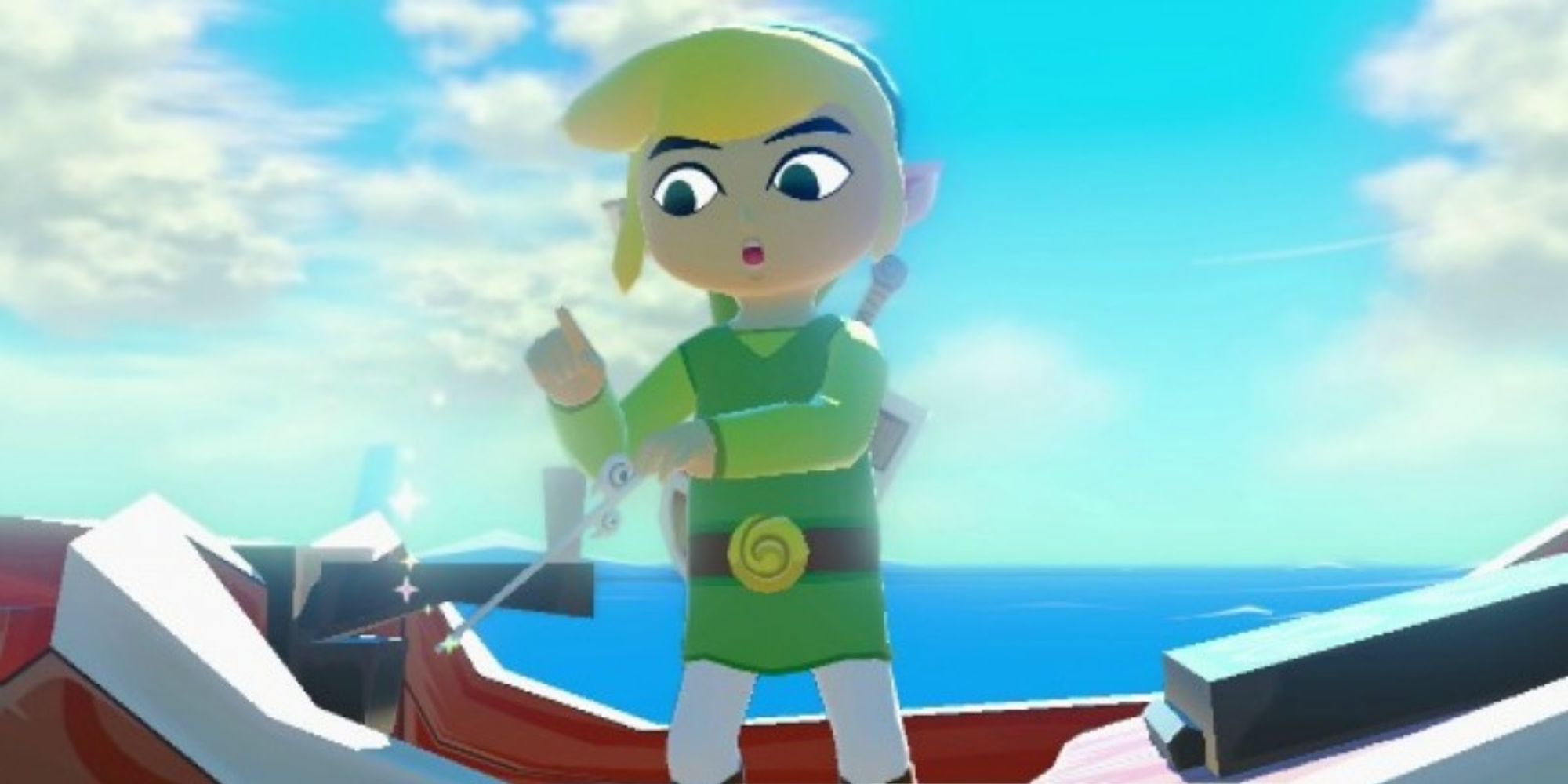
The Switch 2’s technical prowess is a significant leap forward from its predecessor, allowing for a vastly superior emulation experience. This enhanced performance is immediately apparent when playing GameCube titles. The original Switch, while a capable handheld, struggled with emulating the GameCube’s hardware demands. The Switch 2, however, with its more powerful Tegra components and improved memory bandwidth, effortlessly handles the GameCube’s graphical and processing requirements.
This translates to noticeable improvements in several key areas:
- Resolution and Graphics Fidelity: GameCube games on the Switch 2 run at significantly higher resolutions, often reaching 1080p or even 4K when docked. This results in a much sharper and more detailed image compared to the original Switch’s output.
- Frame Rate Stability: Many GameCube titles, such as F-Zero GX and Soulcalibur 2, now run at a smooth 60 frames per second on the Switch 2. This eliminates the occasional frame drops and stuttering that could occur on the original Switch, creating a more responsive and enjoyable gameplay experience.
- Reduced Load Times: The Switch 2’s faster internal storage and improved processing power significantly reduce loading times for GameCube games. This means less waiting around and more time spent immersed in the action.
- Save State Functionality: The ability to save game progress at any point allows for greater flexibility and prevents players from having to restart lengthy sessions if they encounter an unexpected interruption.
- Rewind Feature: This handy feature enables players to rewind gameplay by a few seconds, allowing for a second chance at tricky moments or simply to undo a mistake.
- Retro Screen Filters: For those who prefer a more authentic experience, the Switch 2 offers a variety of retro screen filters that emulate the look and feel of playing on a CRT television.
- Resource Allocation: Nintendo may be prioritizing the development and support of their newer hardware platforms, such as the Switch 2.
- Licensing Agreements: There may be licensing complexities or agreements in place that prevent the emulation of certain GameCube titles on the original Switch.
- Potential for Compatibility Issues: Nintendo may be concerned about the potential for compatibility issues with a diverse library of GameCube games on the original Switch.
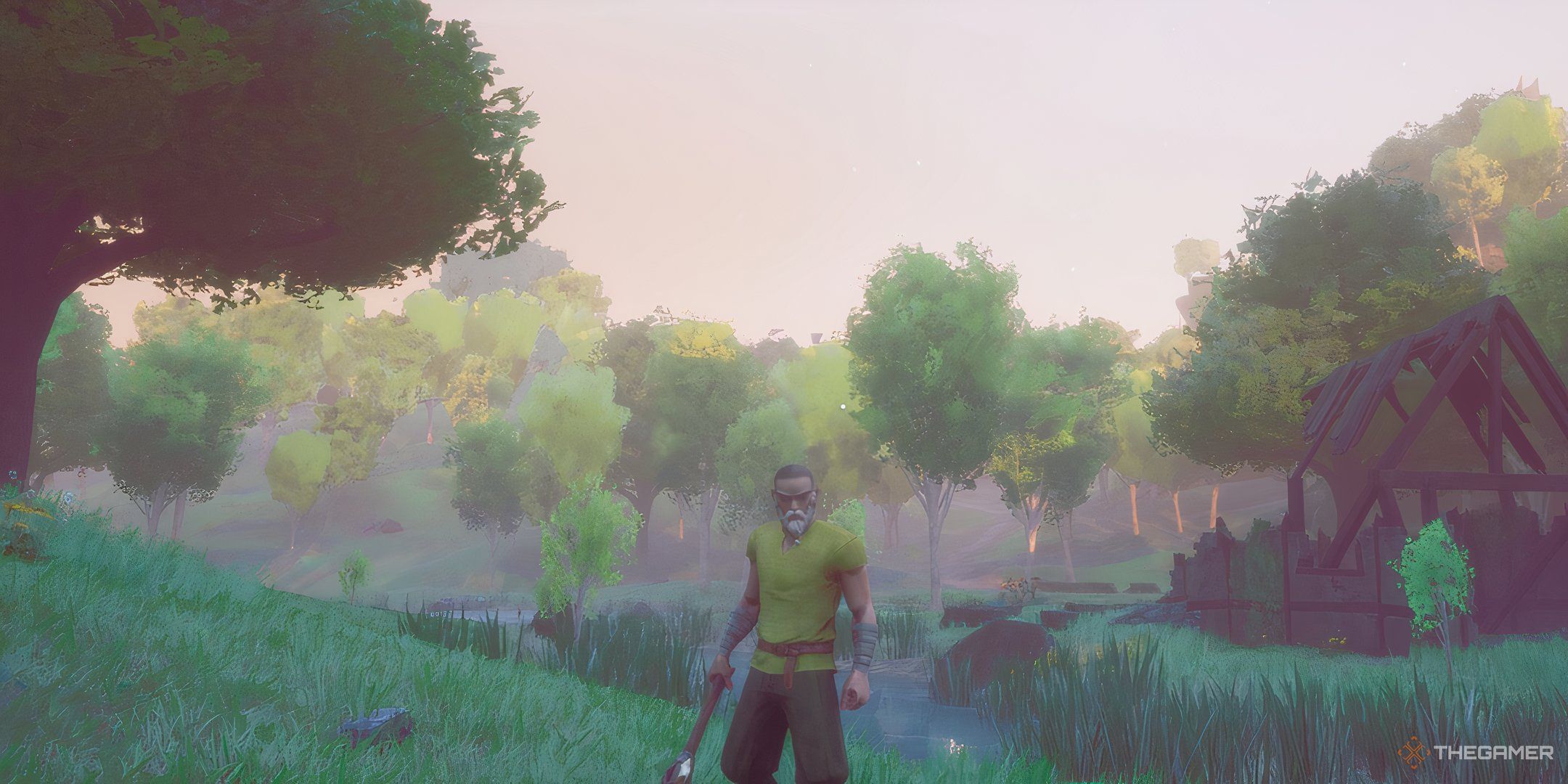
Online Play and Modern Features
In addition to the technical enhancements, the Switch 2’s emulation of GameCube games introduces a range of modern features that enhance the overall experience. One of the most notable additions is online multiplayer functionality. Many classic GameCube titles lacked robust online support upon release. However, the Switch 2’s online infrastructure allows players to connect and compete with others worldwide, breathing new life into these timeless classics.
Further enhancing the experience are features such as:
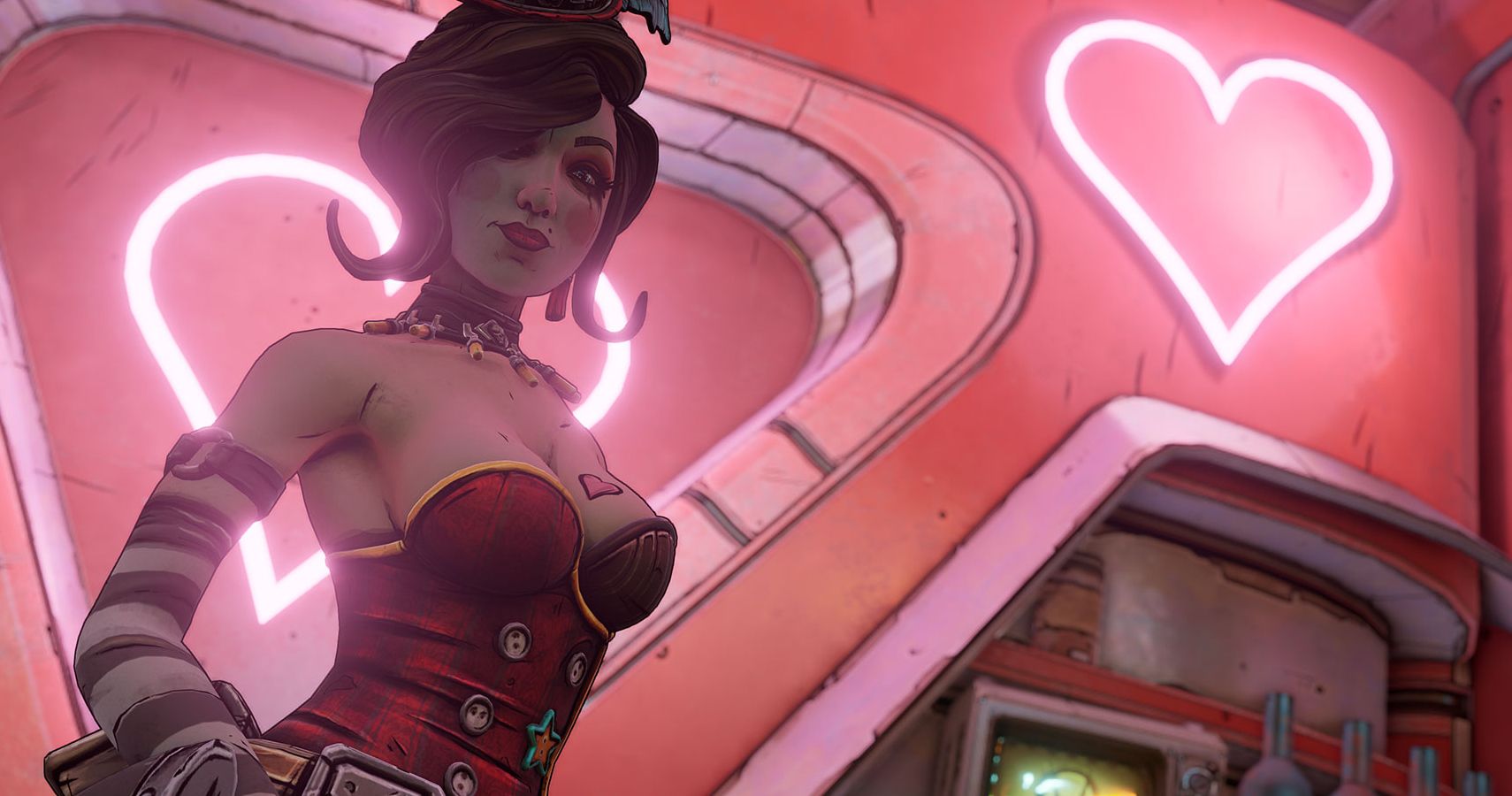
A Gateway to the GameCube Era
The availability of GameCube games on the Switch 2 presents a fantastic opportunity to introduce a new generation of gamers to this often-overlooked era of gaming. The GameCube library boasts a diverse range of titles across various genres, showcasing the console’s unique strengths and innovations. From the groundbreaking 3D platformer Metroid Prime to the wildly popular Super Smash Bros. Melee, there is something for everyone.
The Switch 2’s accessibility and portability make it an ideal platform for revisiting these classics or discovering them for the first time. The enhanced visuals, modern features, and online functionality breathe new life into these timeless games, ensuring that they remain relevant and enjoyable for years to come.
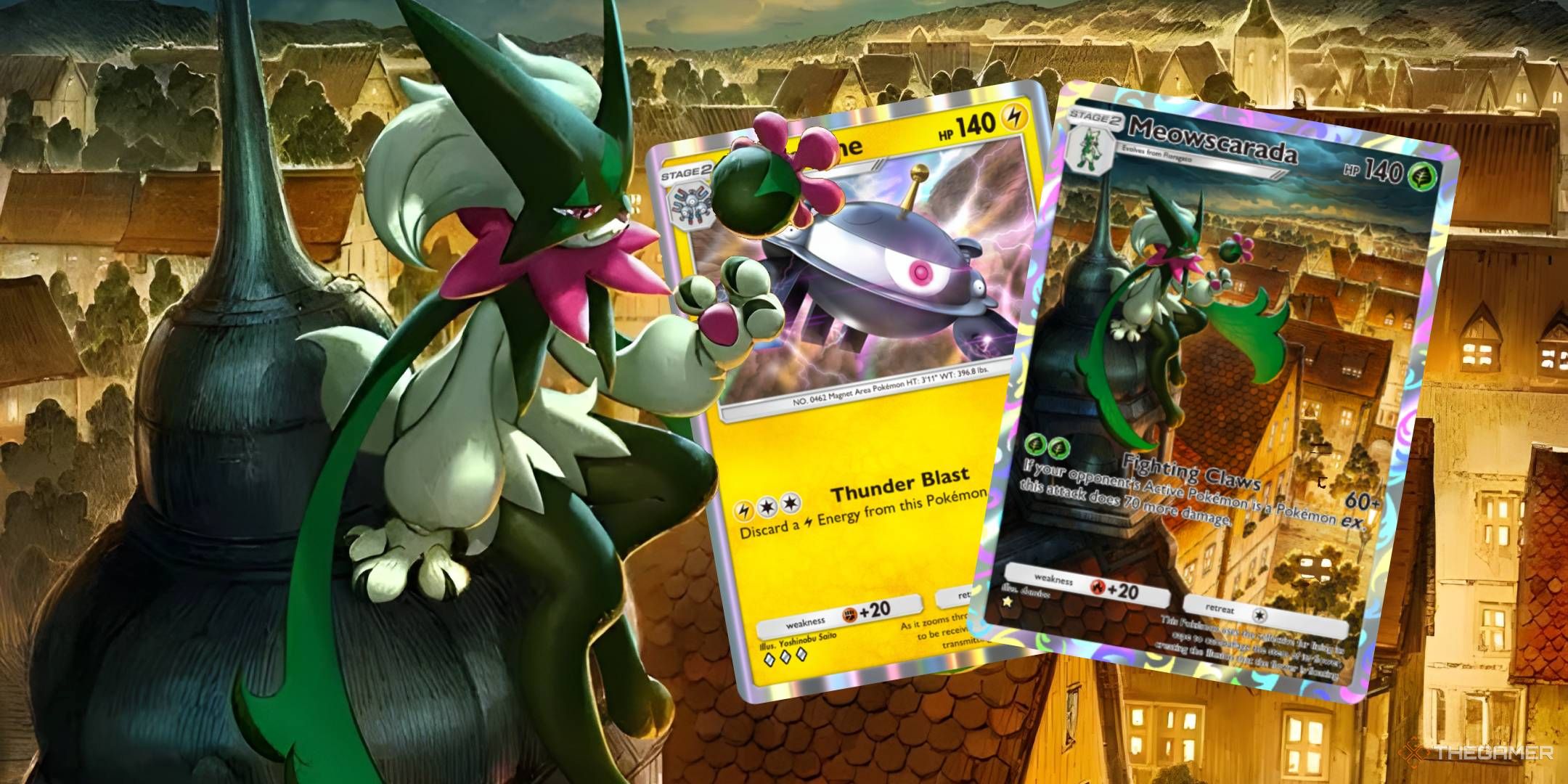
The Missed Opportunity: Why the Original Switch is Left Behind
Technical Limitations of the Original Switch
The original Switch’s hardware limitations present a significant challenge in emulating GameCube games effectively. While the Tegra X1 chip within the original Switch is capable, it simply doesn’t possess the processing power and memory bandwidth required to handle the demands of GameCube emulation at a high quality. Running GameCube games on the original Switch often results in frame rate drops, visual artifacts, and overall performance issues.
The Nvidia Shield Paradox
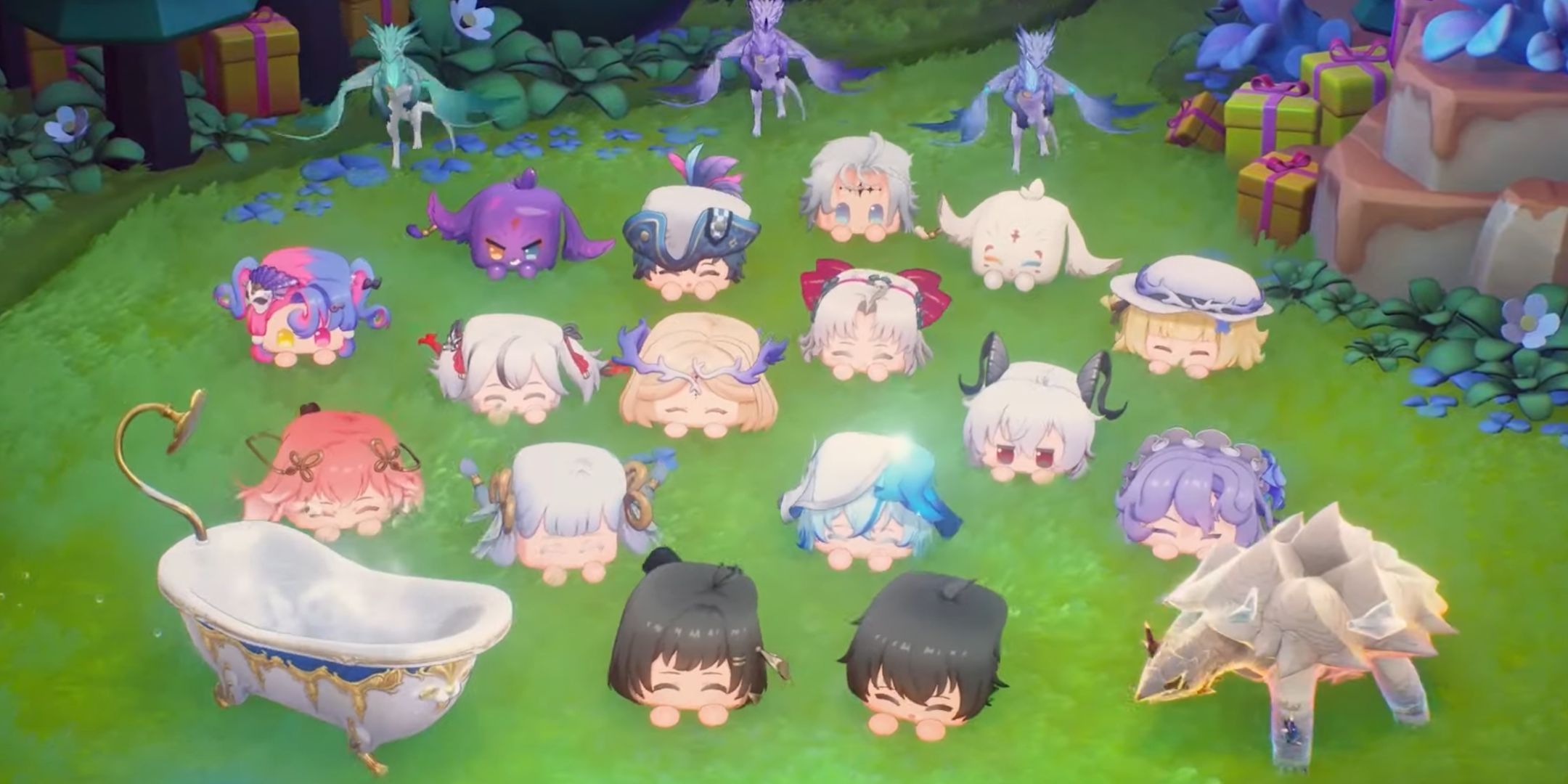
The existence of Wii emulation on the Nvidia Shield TV, a device powered by the same Tegra X1 chip as the original Switch, highlights the paradoxical nature of this situation. Nvidia’s partnership with Nintendo allowed them to develop an optimized Wii emulator for the Shield TV, demonstrating that Wii emulation, while demanding, is achievable on this hardware. The fact that GameCube emulation, which is even more resource-intensive, is not offered on the original Switch suggests that Nintendo may have deliberately chosen to limit this functionality.
This decision may stem from several factors, including:
The Potential for Future Ports
While the current lack of GameCube emulation on the original Switch is disappointing, there’s still a possibility that Nintendo could eventually bring these titles to the platform. Future updates or patches could potentially address the hardware limitations and enable GameCube emulation on the original Switch.
Furthermore, the success of Nintendo Switch Online’s enhanced library on the Switch 2 could incentivize Nintendo to invest in similar enhancements for the original Switch, potentially including GameCube emulation down the line.
Conclusion
So, there you have it. The GameCube games on the Switch 2 promise to be a nostalgic dream come true, a chance to revisit beloved classics with modern polish. Yet, the glaring omission of their compatibility with the original Switch casts a long shadow over this exciting prospect. The article highlighted how this decision feels like a blatant attempt to force an upgrade, leaving many Switch owners feeling unfairly excluded from a gaming legacy they already invested in.
This isn’t just about backward compatibility, it’s about respect for the gaming community and the value of their existing hardware. Nintendo’s actions send a worrying message: that future generations of gamers might be locked out of older titles unless they constantly upgrade their systems. It raises serious questions about platform loyalty and the future of gaming accessibility. Will this become the norm? Will we be forced to constantly chase the latest hardware just to experience the full breadth of a company’s game library?
The answer, ultimately, lies in the hands of the gamers themselves. Will we accept this tiered approach to gaming, or will we demand a more inclusive and equitable future? The choice is clear. Don’t let the joy of revisiting classic titles be overshadowed by corporate tactics. Raise your voice, demand better, and fight for a gaming landscape that values all its players.